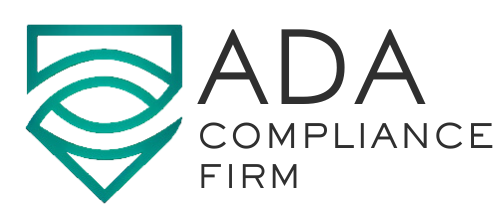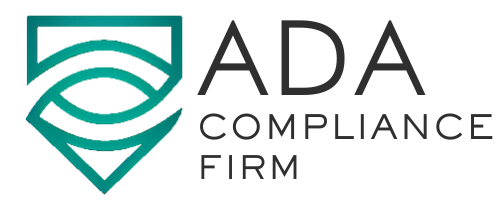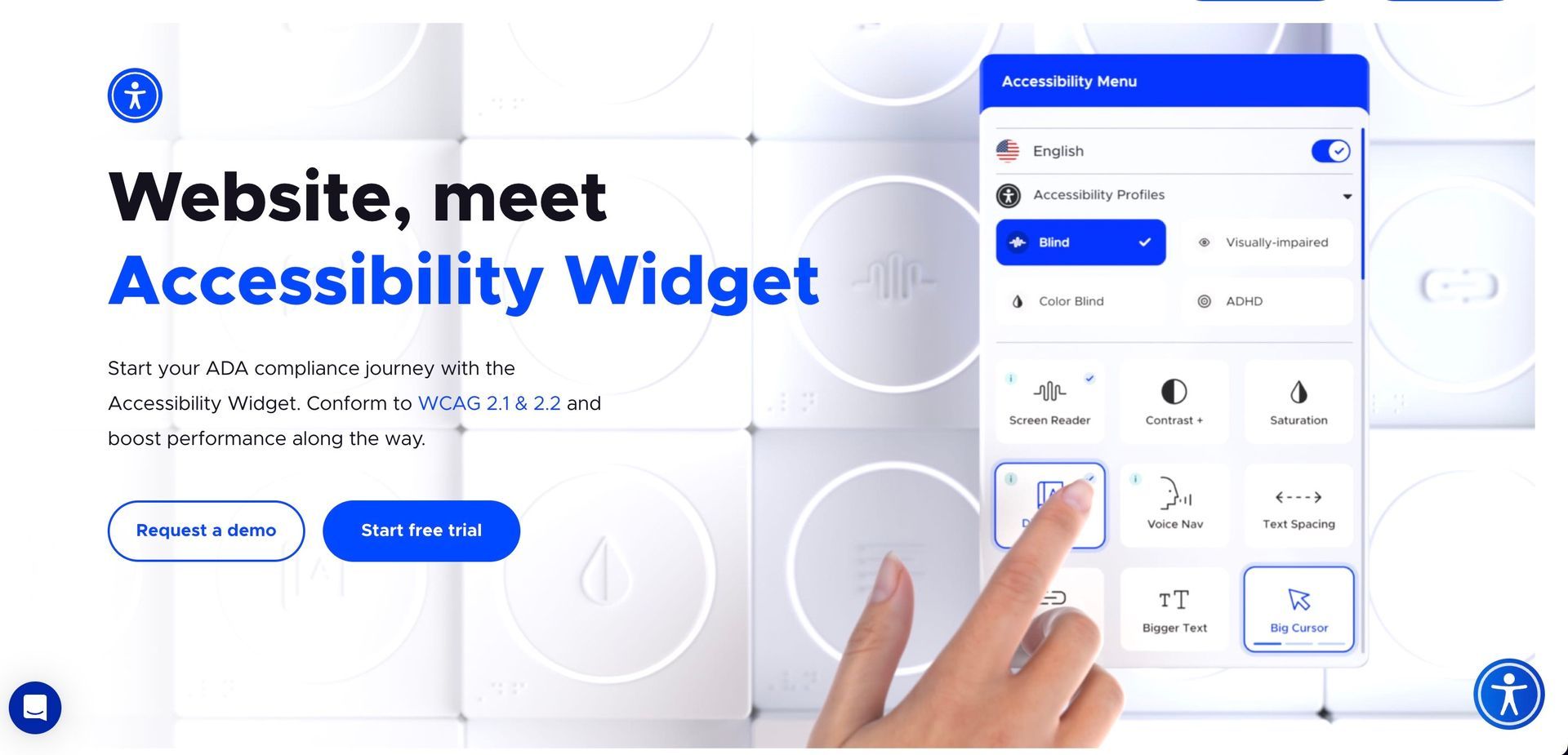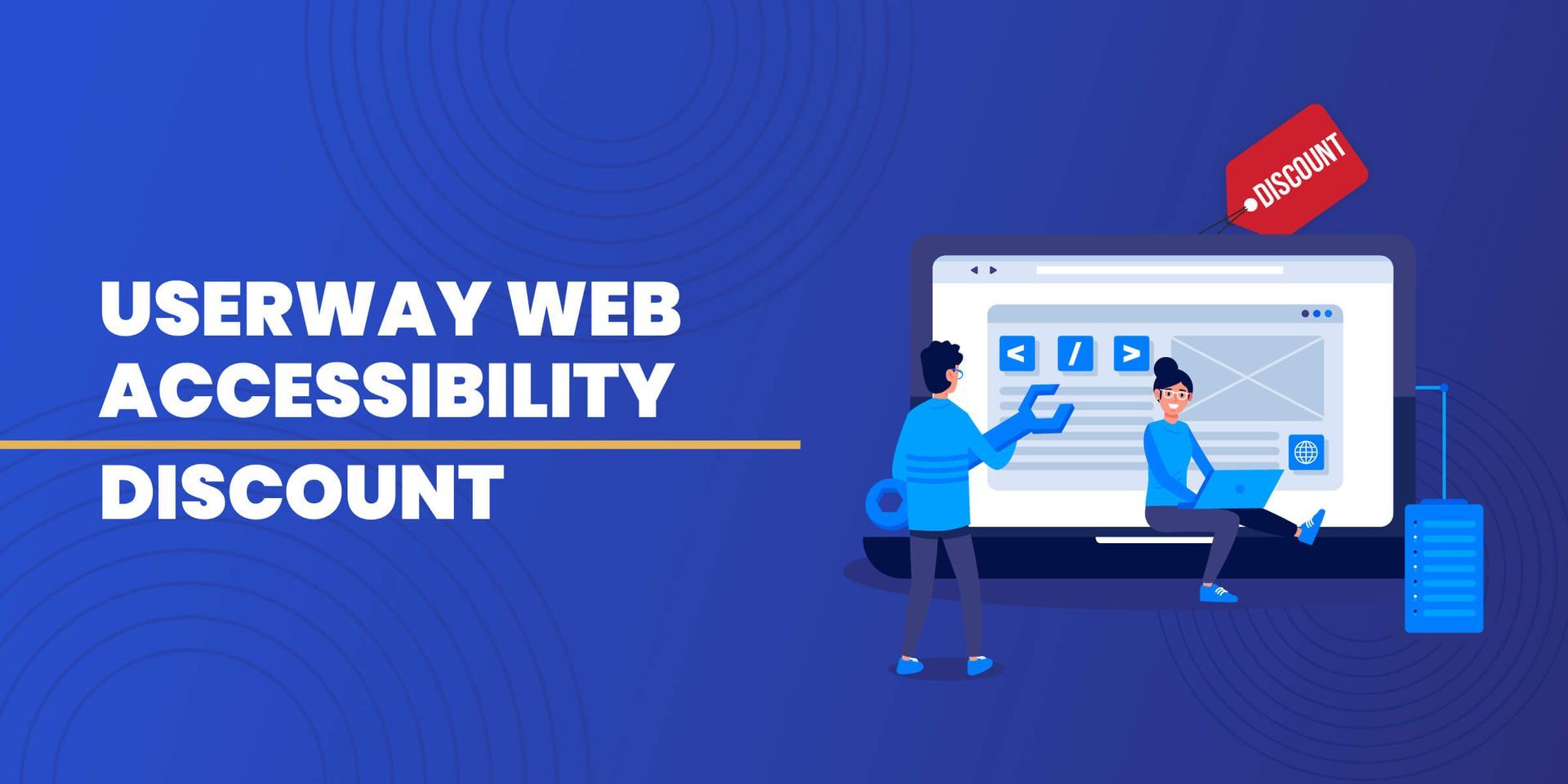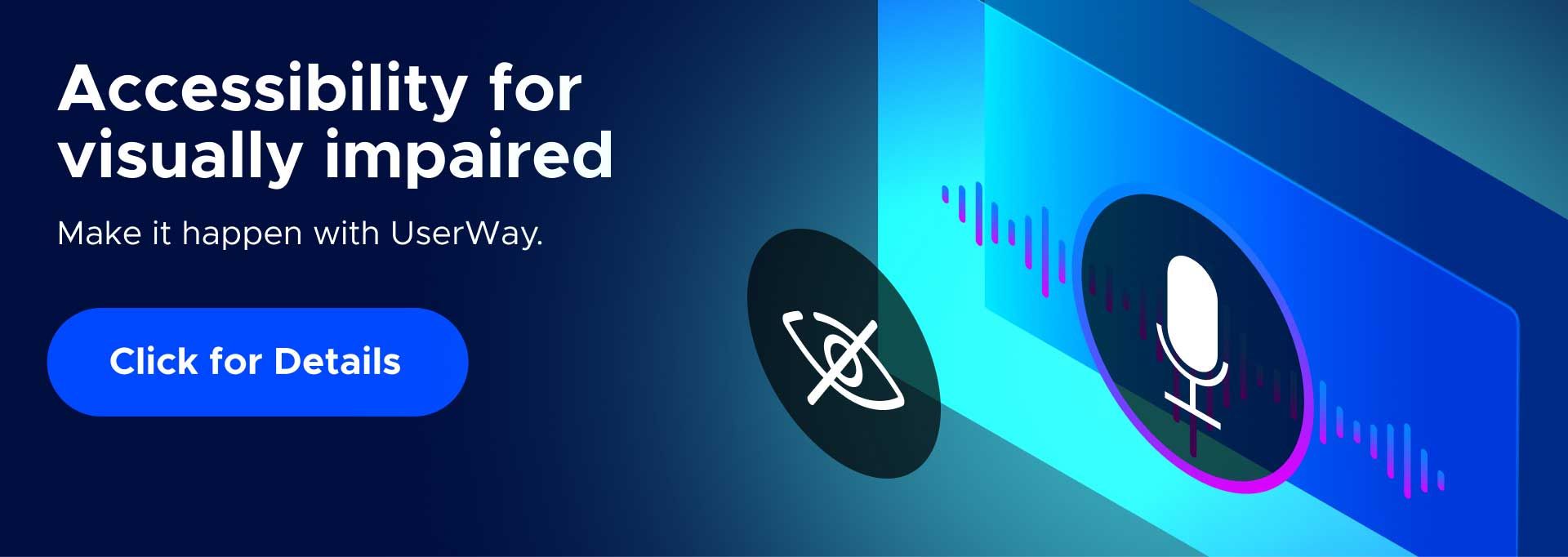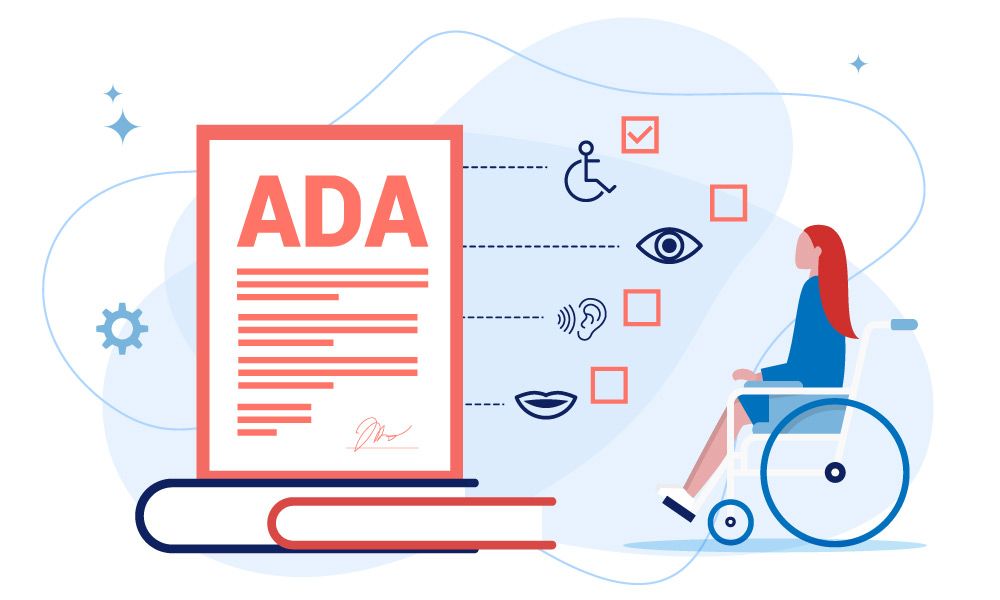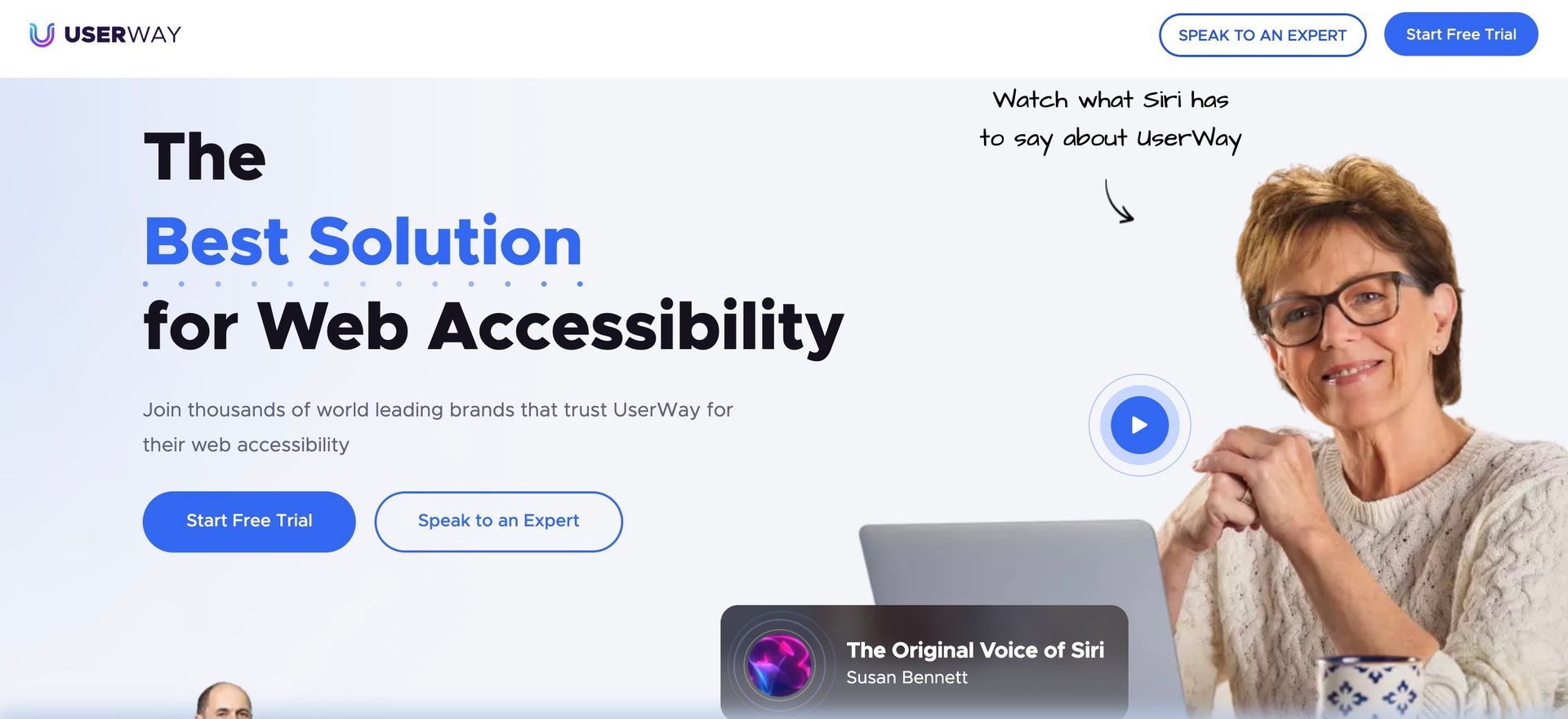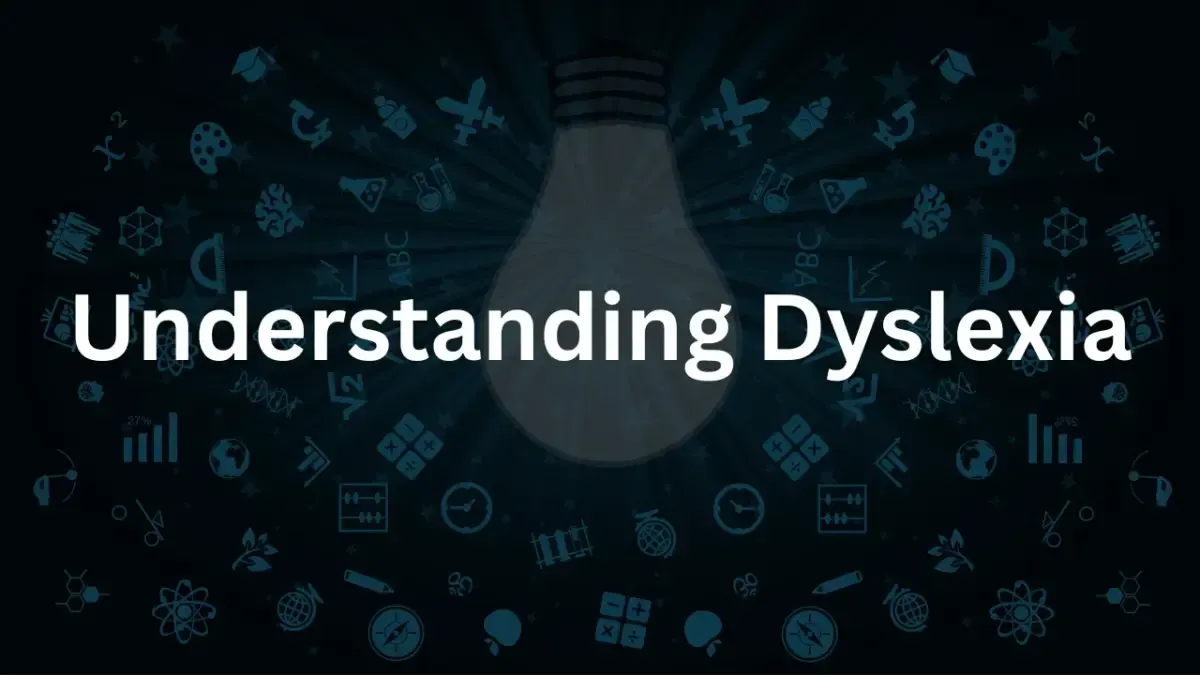Transformative Tools: Exploring the World of Assistive Technology for Dyslexia

In a world where diversity is heralded as a cornerstone of progress, individuals who navigate life with dyslexia stand as testaments to the human spirit’s resilience. Assistive technology (AT) has become more than a safety net; it is a scaffold that lifts the barriers and levels the playing field for those with dyslexia. This deep dive into the innovative support systems for the dyslexia community charts the profound impact of technology on learning outcomes, personal growth, and professional success.
The Evolution of Assistive Technology for Dyslexia
From the clunky machines of the mid-20th century to the cutting-edge digital aids of today, the journey of AT for dyslexia has been marked by continual innovation. The early devices were rudimentary, focusing mainly on text-to-speech capabilities, a game-changer for those with reading difficulties.
AT has expanded to various tools that assist with reading, writing, and organization. Developments in neuroscientific understanding of dyslexia have paved the way for technology that’s inherently empathetic to the unique cognitive patterns of these individuals. Recent advancements in AI and machine learning are making these tools more effective and personalized, adapting to the user’s specific needs.
Understanding Dyslexia and Technology Needs
To understand the synergy of dyslexia and technology, we must first comprehend the nature of the learning difference. Dyslexia is not a sign of low intelligence; it’s a developmental disorder that primarily affects the skills involved in accurate and fluent word reading. AT aims to compensate for weaknesses and bolster strengths, providing various tools, including text-to-speech, speech recognition, mind mapping software, and audiobooks.
Top5accessibility.com underlines the essence of adaptive technologies, both digital and analog, that can cater to a dyslexic individual’s learning journey. The 1:1 personal nature of these aids sets them apart, offering fluidity and support in a learning environment.
Current Technologies in the Spotlight
The current spotlight shines on various technologies designed to support the dyslexic community specifically. Apps like Grammarly, for instance, offer a double-edged sword of correct spelling and grammar suggestions alongside insightful explanations, aligning seamlessly with the need for scaffolding rather than fixing the errors outright.
Fastercapital.com references AI tools that change the dynamic of learning and comprehension. These tools provide not only reading assistance but also writing tools. This task can be incredibly challenging for those with dyslexia, who often grapple with spelling, punctuation, and word recognition.
The Role of AI and Machine Learning
The infusion of AI and machine learning into AT for dyslexia cannot be overstated. These technologies now power captioning and transcription services with impressive accuracy, allowing users to consume and interact with content at their own pace and according to their preferred modality.
Interactions-design.org discusses the advancements in AI for accessibility for people with dyslexia through the lens of personalized learning experiences. By analyzing patterns in reading and comprehension, these tools offer interventions and support that cater to the individual’s point of need.
Virtual Reality (VR) and Dyslexia
The utilization of VR in dyslexia may seem unconventional, yet it holds tremendous potential. Studies cited on patriciagestoso.com explore how immersive virtual environments can attenuate reading anxiety and improve attention, which is particularly beneficial for dyslexic learners.
Imagine a world where students can walk through the pages of their text, exploring stories in three dimensions. VR presents a horizon of opportunities, creating engaging, multisensory experiences that can transform how dyslexic individuals engage with text and reading.
Making Digital Content Accessible
Creating digital content that is accessible to individuals with dyslexia is an art form in itself. Equalizedigital.com offers a treasure trove of principles for inclusive content creation, from straightforward web design to thoughtful multimedia development. Investing in these practices ensures that the AT works optimally for dyslexic users.
We must also emphasize the importance of constant testing and modification. Ensuring that web applications are compatible with assistive technologies and conducting user testing with representative sample groups are essential to fostering a genuinely inclusive digital environment.
Legal Framework and ADA Compliance
Legal frameworks like the Americans with Disabilities Act (ADA) serve as guardrails, mandating the inclusion of AT in educational institutions and workplaces. Organizations that strive for compliance adhere to the ethical imperative of equal access and enhance their reputations as beacons of inclusivity and diversity.
The bedrock of these guidelines lies in fostering an environment where dyslexic individuals can reach their full potential. By adopting AT and optimizing their spaces for it, educational institutions and employers can champion the cause of equal opportunity.
Future Trends and Innovations
As technology for dyslexia continues to evolve, we are on the cusp of groundbreaking innovations. Emerging tools and research are poised to redefine the boundaries of what’s possible in supporting dyslexic individuals.
The journey ahead will likely be characterized by even greater personalization and integration, perhaps blurring the lines between the individual and the tool. The horizon is brimming with possibilities, and it’s this potential that we must harness for the benefit of the dyslexia community.
Conclusion: The Power of Assistive Technology for Dyslexia
Assistive technology for dyslexia is more than just a tool; it’s an enabler of potential. It can transform the narrative of struggle into one of triumph and achievement. Parents, educators, and innovators’ embrace of these technologies will pave the way for a future where the inherent value in the diversity of cognitive styles is not just recognized but celebrated.
This exploration serves as a clarion call to all stakeholders in the dyslexia community not just to accept assistive technology but to champion its integration into the fabric of our institutions and workflows. Let’s commit to this journey, knowing that every keystroke of innovation we make is a step toward a more inclusive and equitable world.
Join our newsletter
Recent Blog Posts
